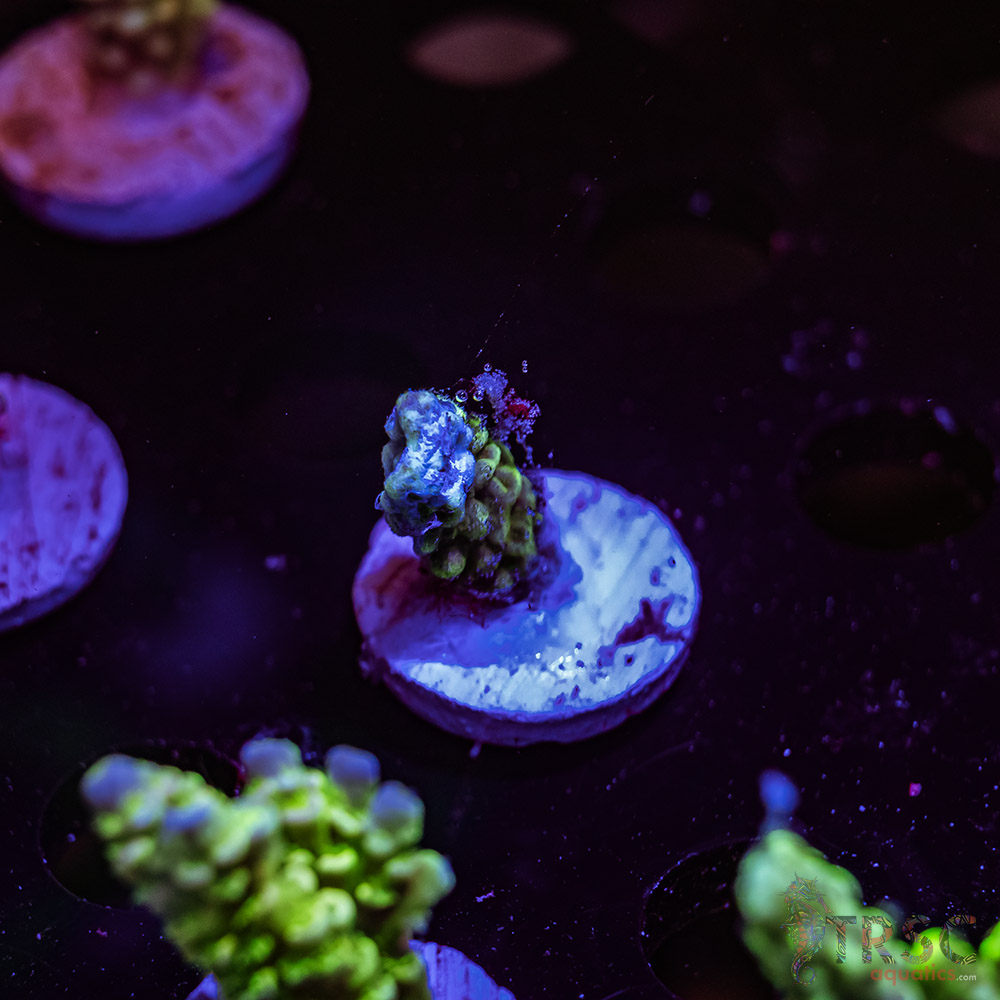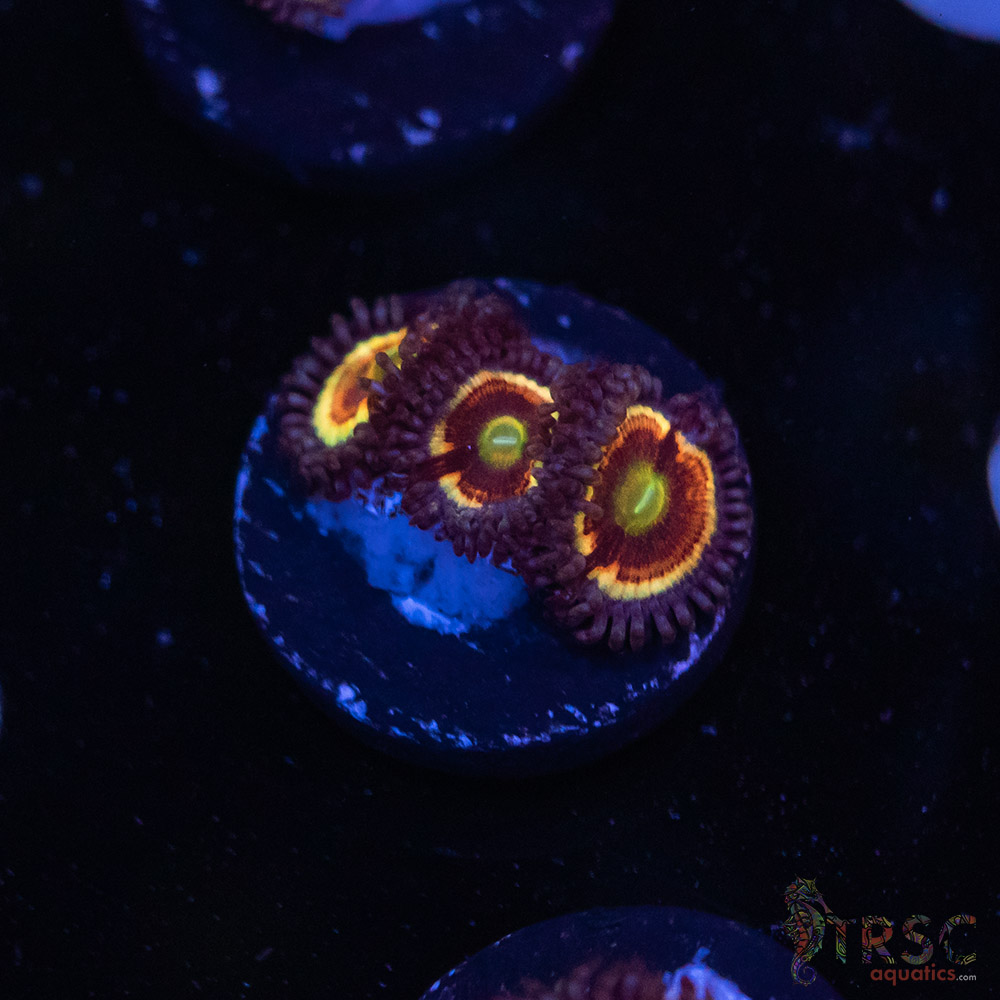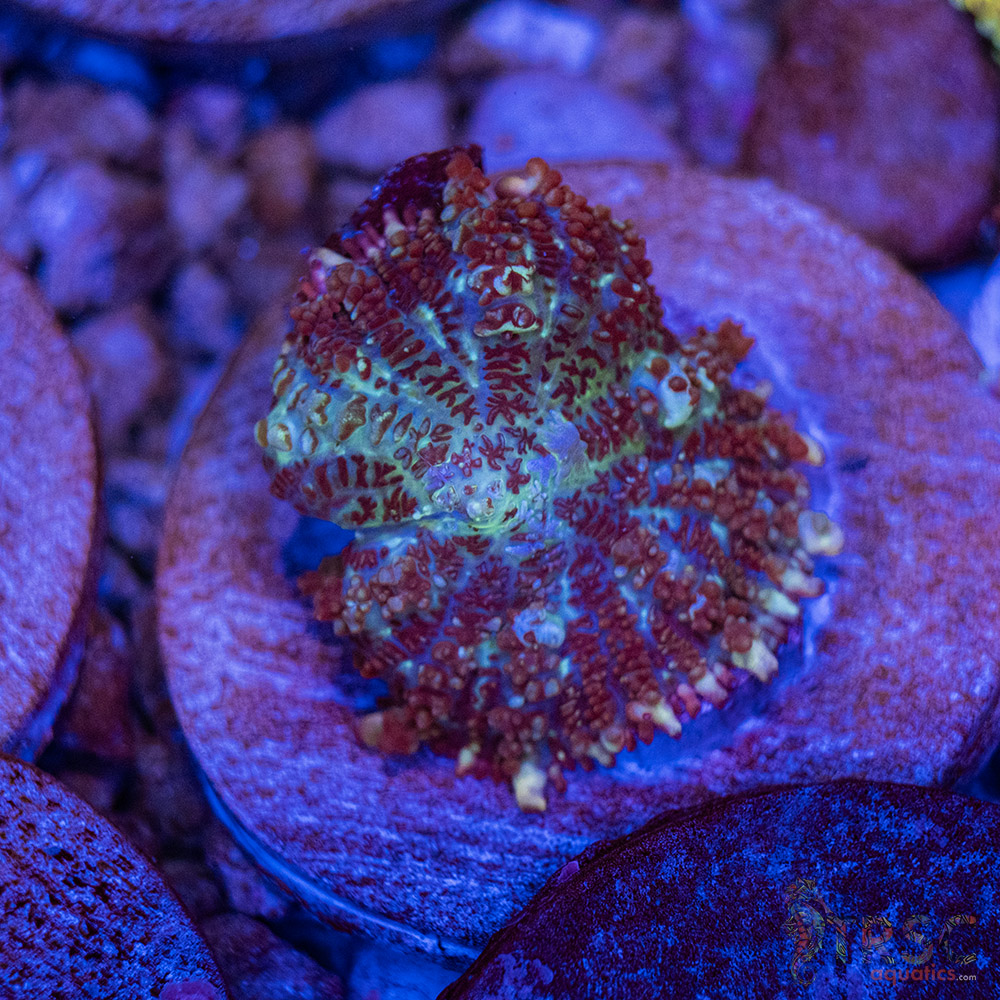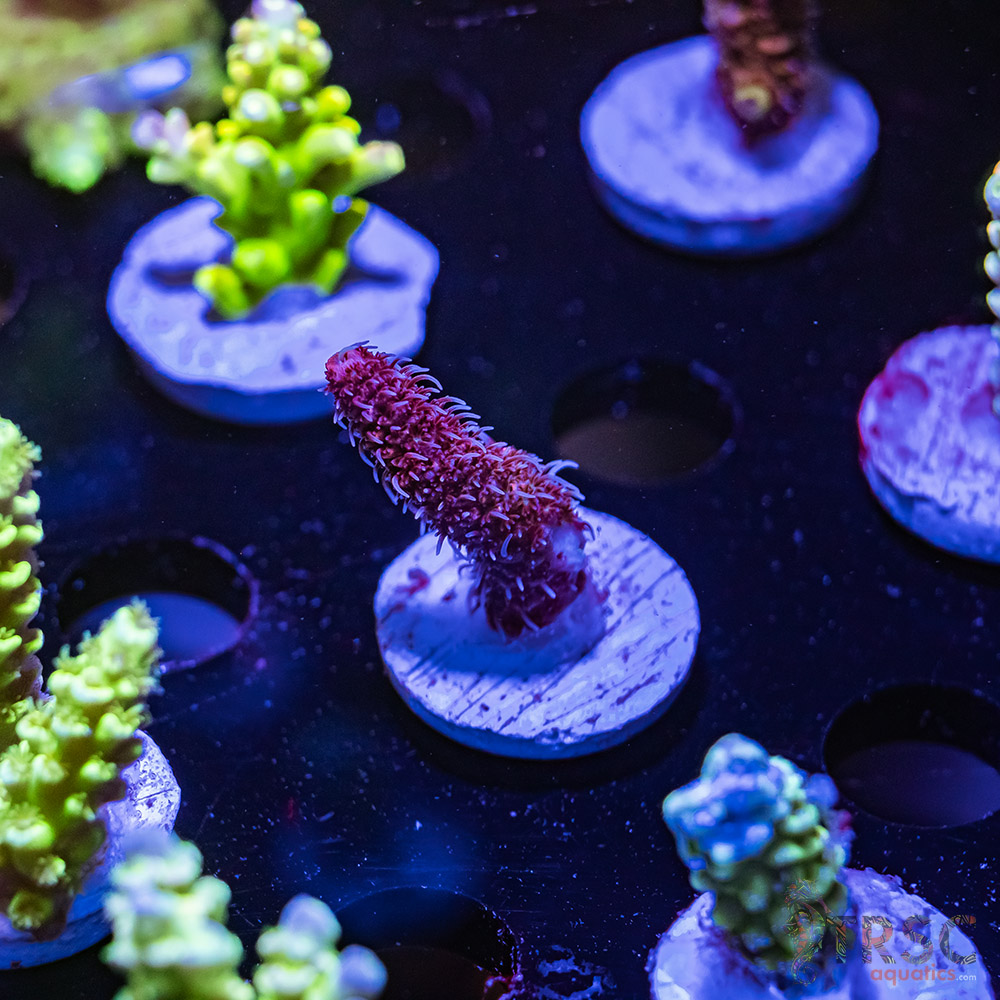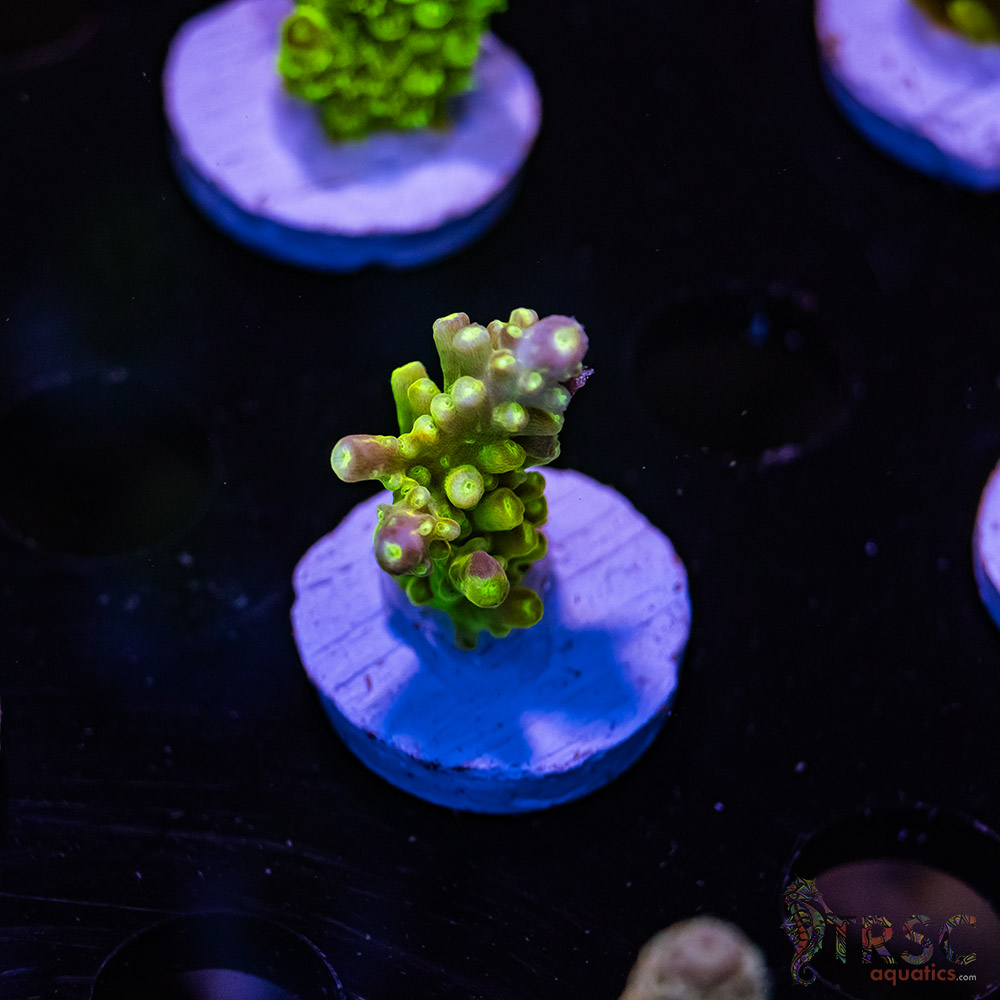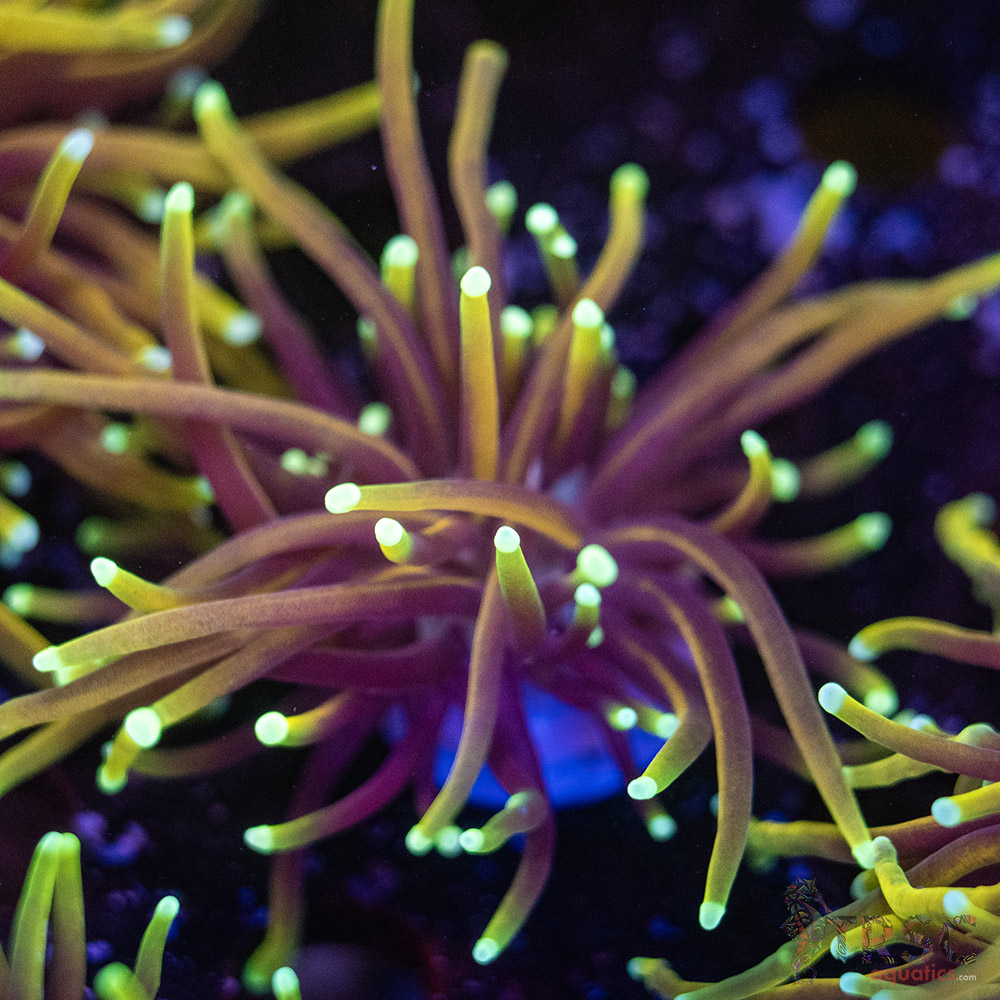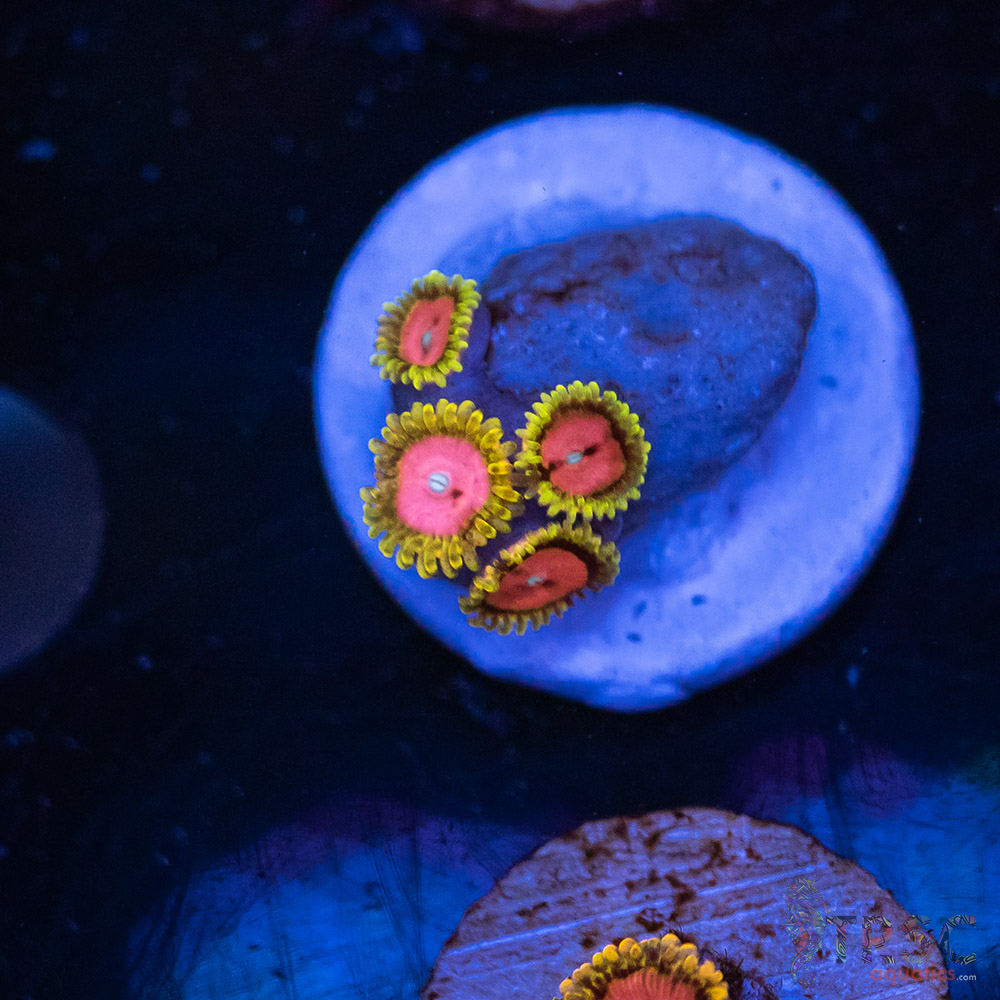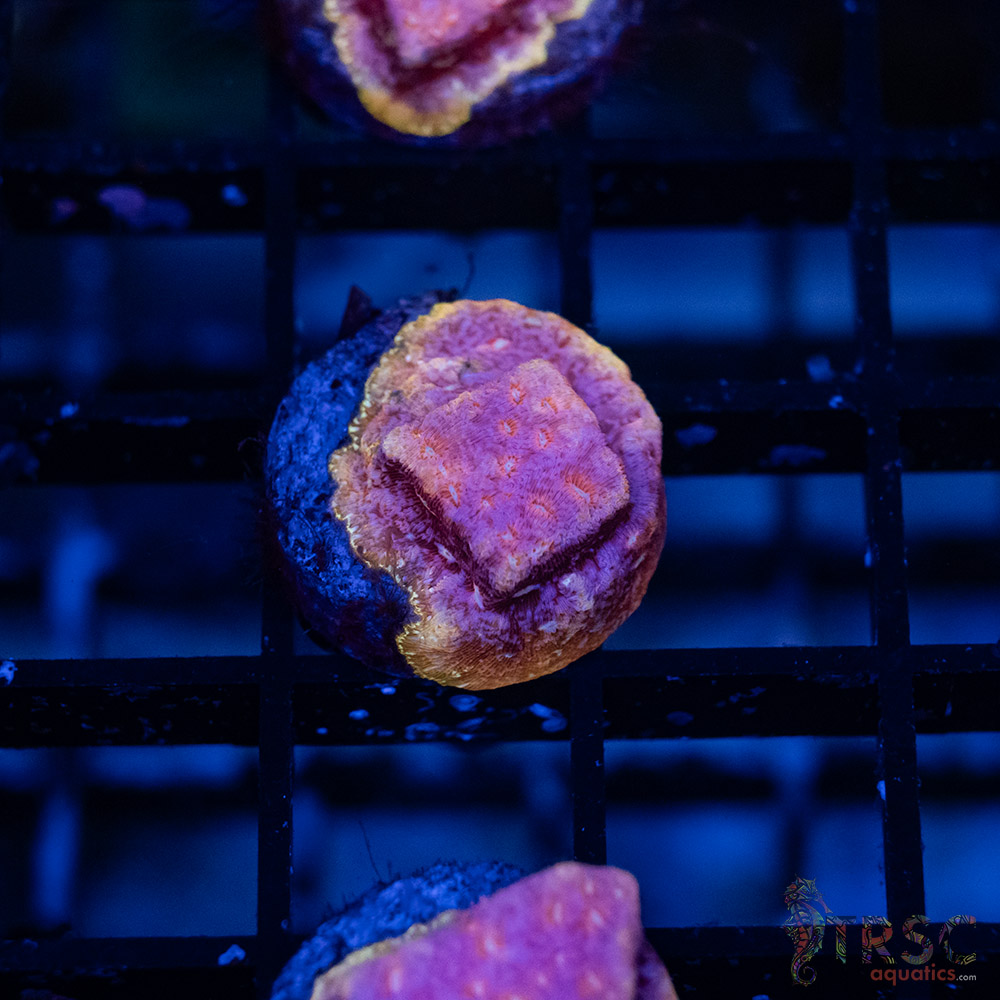Overview of Favia Corals
Favia corals, also known as brain corals, are a hardy and visually striking LPS coral species known for their maze-like patterns and fluorescent colors. Ideal for both beginner and experienced reefers, they add texture and vibrancy to any reefscape.
Lighting Requirements
- Intensity: Moderate to high PAR (100–250)
- Type: LED, T5, or metal halide lighting
- Placement: Middle to lower regions of the tank with indirect flow
Water Parameters
- Temperature: 76–80°F (24–27°C)
- Salinity: 1.024–1.026 SG
- Alkalinity: 8–9 dKH
- Calcium: 400–450 ppm
- Magnesium: 1250–1350 ppm
- Nitrates: <10 ppm
- Phosphates: <0.03 ppm
Feeding & Nutrition
Favia corals benefit from regular feedings to enhance growth and coloration:
- Best Foods: Reef roids, mysis shrimp, and other meaty marine foods
- Frequency: 2–3 times per week during evening hours when feeding tentacles are extended
Propagation Techniques
Favia corals can be fragged with care using a band saw or coral fragging tool. Ensure proper healing in a frag tank or low-stress environment.
- Use iodine dip to reduce infection risk
- Allow frags to rest for 7–10 days before reintroducing to display tank
Tank Compatibility & Placement Tips
- Keep away from aggressive stingers like Galaxea or Hydnophora
- Leave at least 3–4 inches between Favia and other corals to prevent sweeper tentacle damage
Common Issues & Solutions
- Tissue recession: Check for unstable parameters or hidden pests
- Faded coloration: Increase feeding and check light spectrum
- Algae encroachment: Maintain clean flow and nutrient control
